A CRISES IN THE PRESA ALLENDE: Lirio Acuatico
Help us turn the Lirio Acuatico into benefical products that help the environment and our local fishing community members!
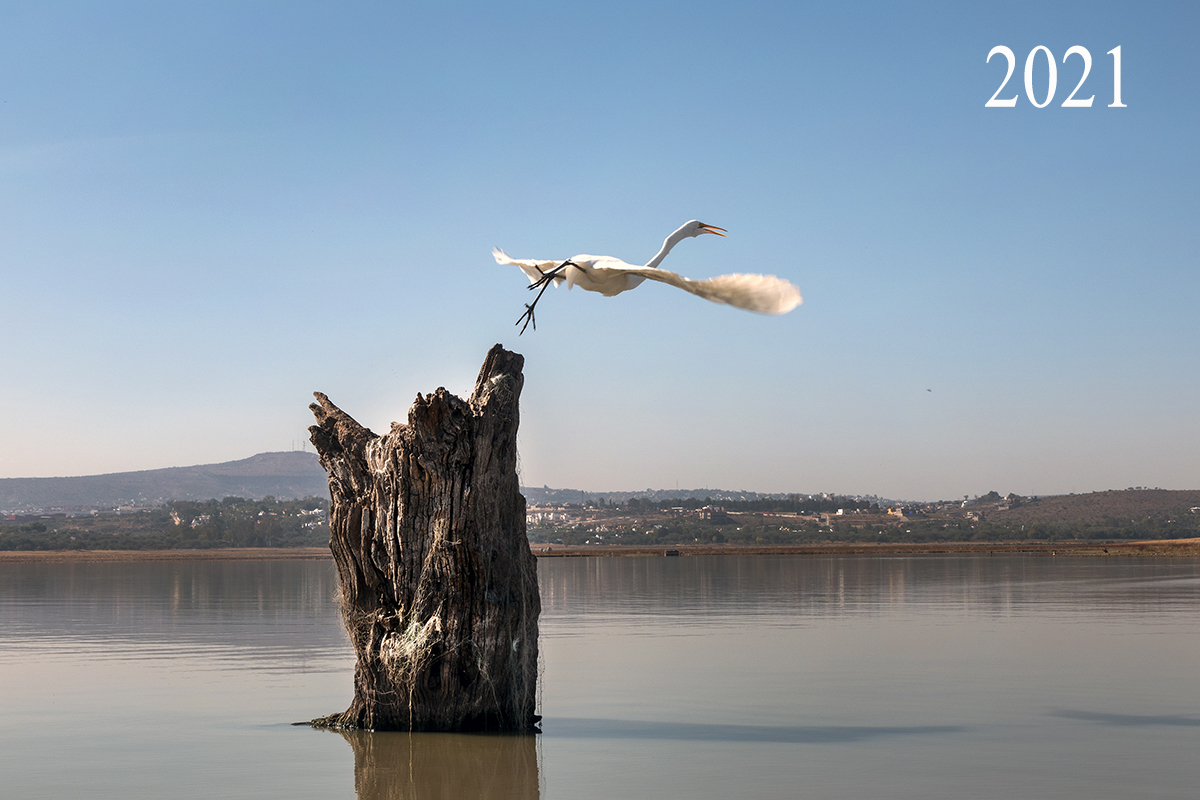
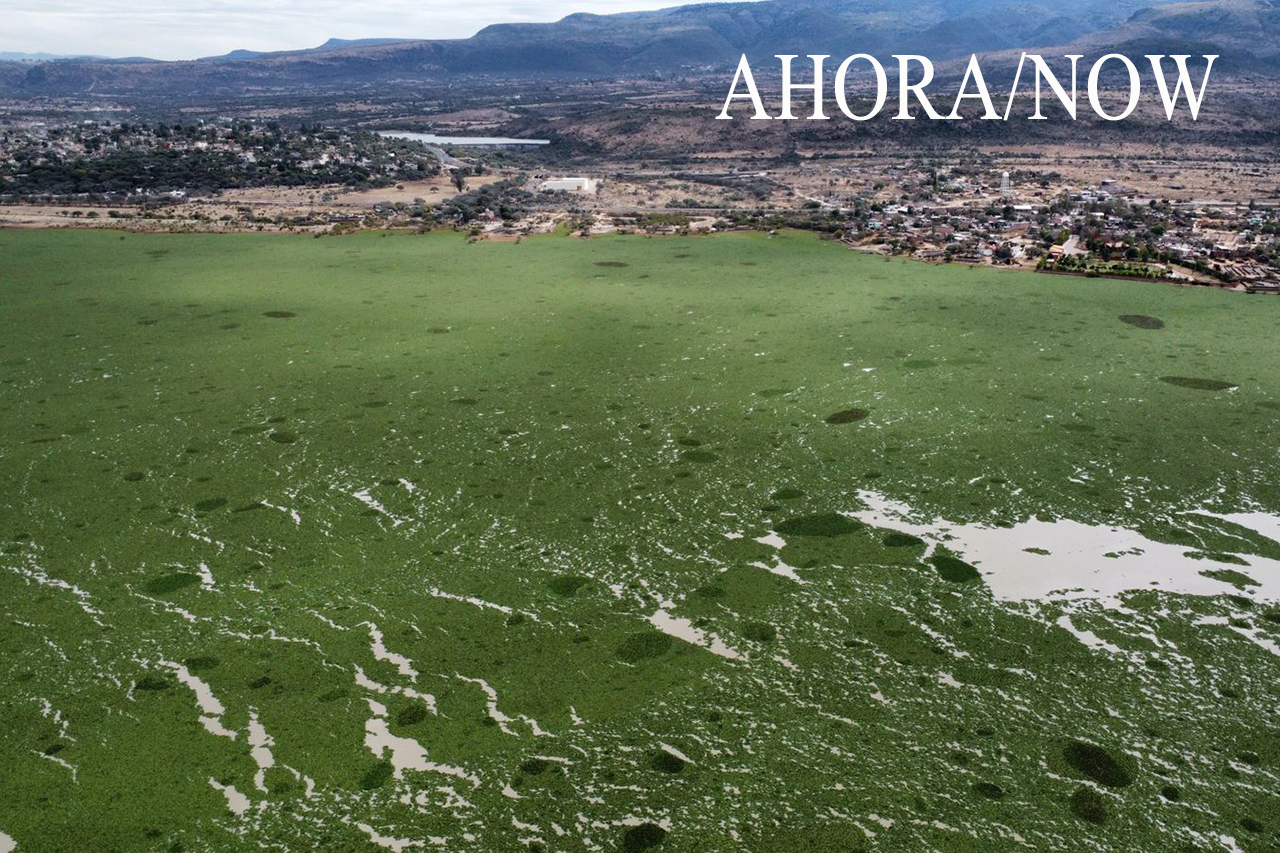
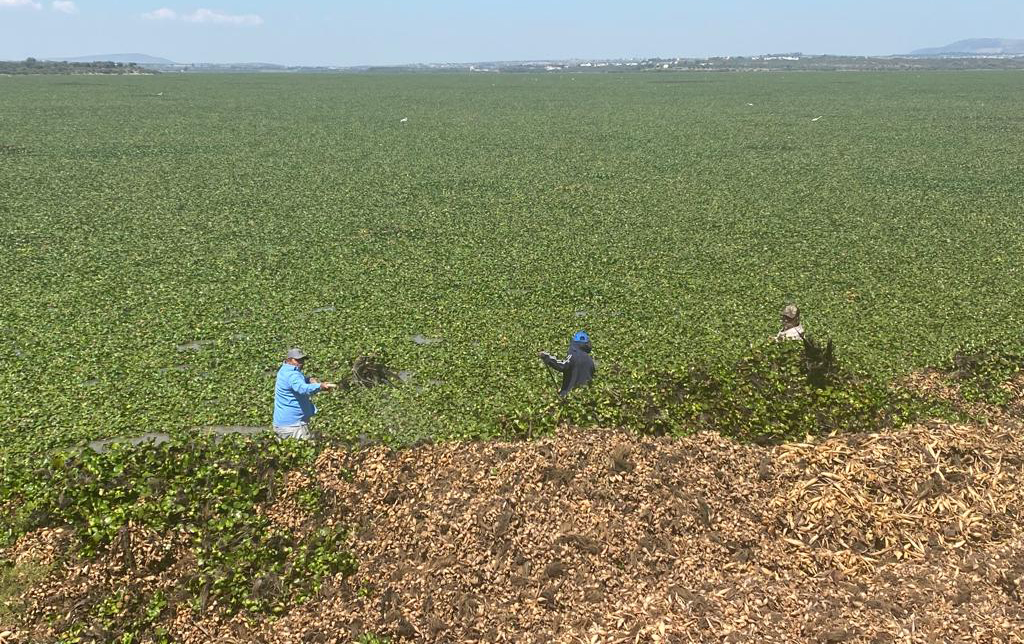
RESCATEMOS LA PRESA ALLENDE
Responding to the urgent need to remove and manage the infestation of Lirio Acuatico (Water Hyacinth) and advocate for substantial improvements in water quality in order to manage the growth of this invasive plant and safeguard the livelihoods of local fishermen and the ecological and recreational values of the Presa Allende and its surroundings.
SIGN UP FOR OUR MAILING LIST
liriopresaallende@gmail.com
FOLLOW US ON FACEBOOK
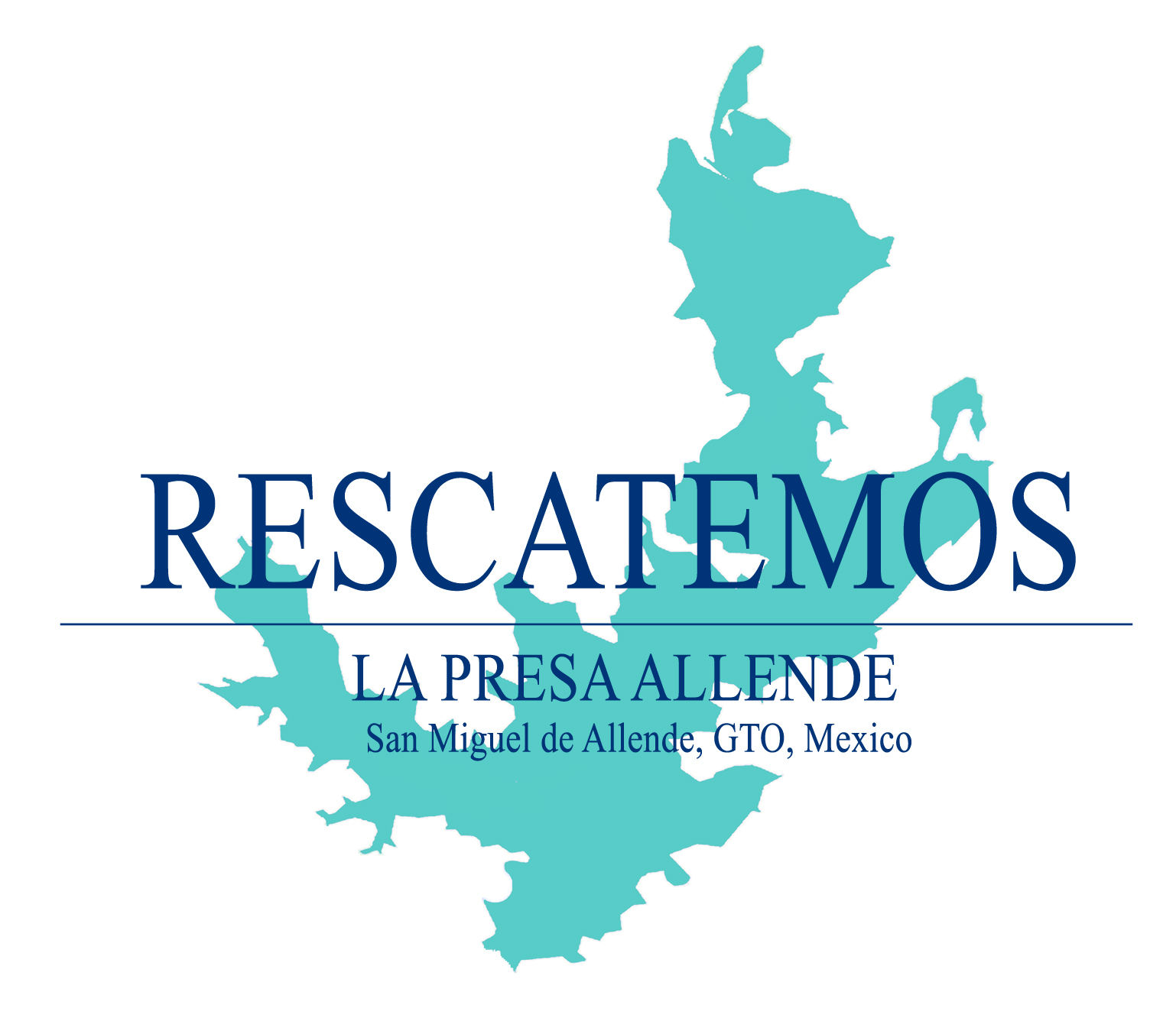
ABOUT US
We are a volunteer group of non-governmental organizations and citizens, that came together under the name of Rescatemos la Presa Allende in January, 2022 to address the Lirio crisis and the long-term health of the Presa Allende.
WHAT WE DO
- Inform and educate the public and engage public participation in addressing this urgent threat;
- Identify and implement solutions for the immediate control of the Lirio and its long-term management, which includes helping the fishing community and other local people establish micro-enterprises that use the plant material to manufacture sustainable products.
- Advocate for improved water quality to control and manage the Lirio growth and to increase the value of the Presa Allende as an ecological and recreational resource and to restore the livelihoods of the fishing community.
LEARN ABOUT THE LIRIO ACUATICO
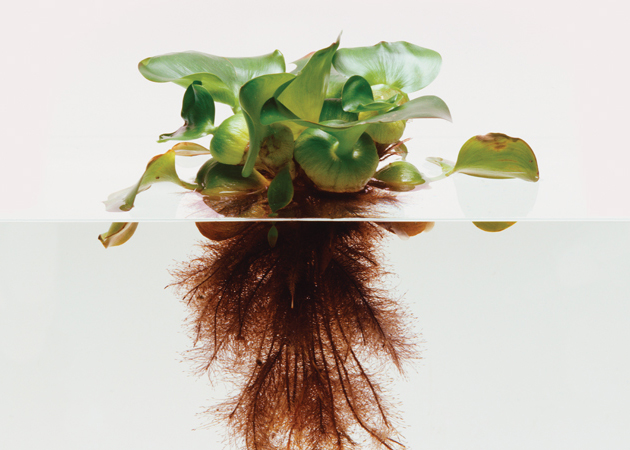
LIRIO ACUÁTICO (WATER HYACINTH)
Lirio is a free-floating plant that grows in still or slow moving fresh water bodies.
It feeds upon pollutants in the water, primarily untreated wastewater, manure and fertilizer runoff from agricultural lands.
The plants have dark green, slightly cupped leaves, which catch the wind and allow it to move rapidly across the water and establish new colonies. Beneath the water, their dangling roots become intertwined, causing large mats to form.
It initially reproduces by seed, but once established it reproduces by developing daughter plants, which break off from the mother plant and create new colonies.
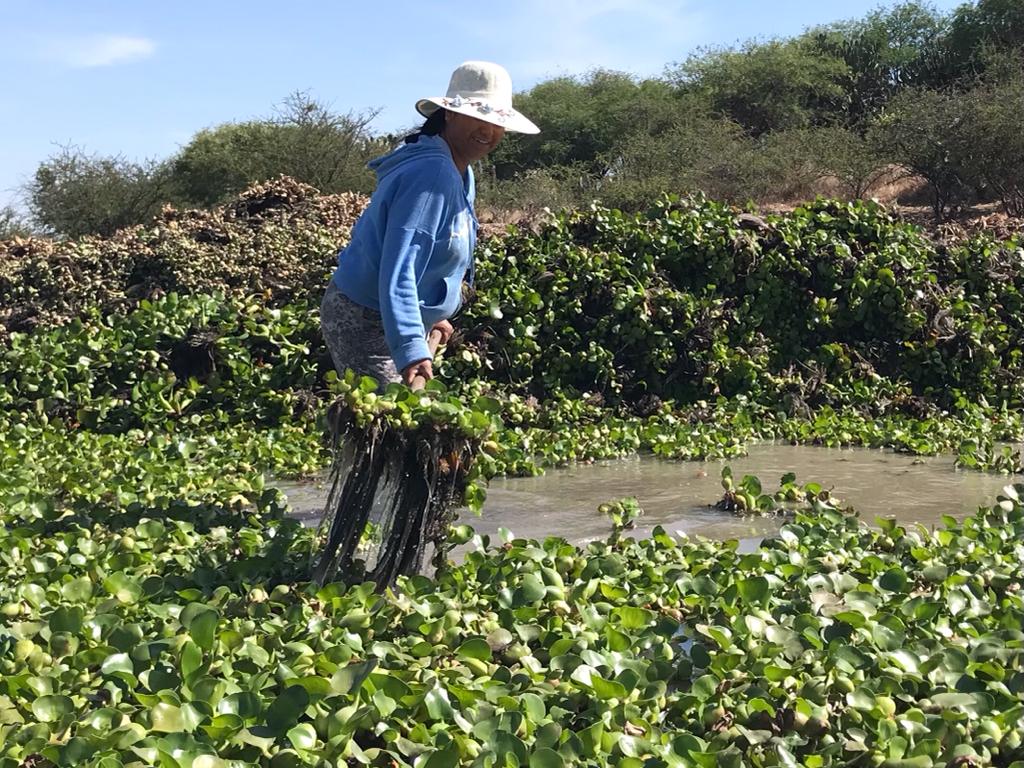

WHAT IS THE THREAT?
Lirio Acuático is native to South American, and has been introduced around the world by people who are drawn to its attractive purple flower and its use as a natural water filter in decorative ponds. It reproduces at a rapid rate and, once established it is difficult to control, which is why it has been labeled one of the world’s most noxious aquatic weeds, and is often referred to as the plant from hell.
Rapid rate of reproduction:
- Able to double in mass every 5-15 days
- It is difficult to remove:
- The plants are 95% water, and its roots are entangled under the water’s surface creating large, heavy mats;
- A mat of medium sized plants may contain 2 million plants per hectare that weigh 270 to 400 tons.
- The wind causes the plants to move rapidly and unpredictably across the water.
Economic, ecological and social harm
- Negatively impacts the livelihoods of local fishermen;
- Creates conditions where invertebrates and fish cannot survive, consequentlyy threatening the food supply for aquatic birds and other animals;
- Endangers human health by creating a prime breeding ground for mosquitos;
- Reduces the water level through transpiration (water loss through leaves) that is 3 times greater than natural evaporation;
- Obstructs recreational boating and enjoyment of the Presa.
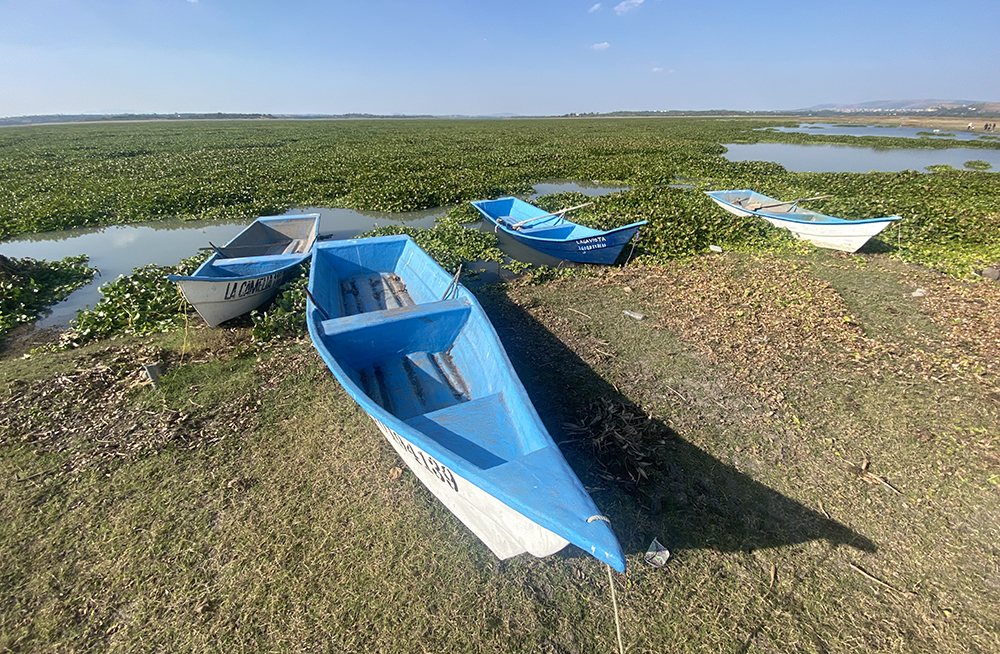
A PERSISTENT PROBLEM
Once Lirio Acuático becomes established it becomes a persistent problem. Small amounts of the plant can rapidly reproduce and Lirio seeds can last in the sediments for up to 25 years.
It will take millions of dollars to contain and remove the Lirio and millions more over time to keep it under control.
THE LONG-TERM SOLUTION
We must take responsibility for controlling the amount of pollutants entering the Presa Allende and its tributaries, which are feeding the Lirio’s growth. These pollutants are primarily untreated wastewater originating from municipal sewage systems and chemical fertilizers from agricultural lands.
PRESA ALLENDE, LIRIO AND CLIMATE CHANGE
As of October, 2023 the Presa Allende is at 14% of its carrying capacity due to drought conditions over the past two years.
Our region is being severely affected by climate change. According to the Director of the State Department of the Environment and Territorial Planning, the temperature in Guanajuato has increased 1.07 degrees celcius on average and up to 1.11 degrees Celsius. While one degree doesn’t sound like much, experts say that it cannot increase beyond 1.5. With extreme hydrometeorological increases, extreme droughts and during the rainy season , fewer, but more intense rainstorms accompanied by flooding is expected.
Precipitation and the level of water in the Presa are directly connected, given that most of the natural springs that once fed the Rio Laja have dried up due to over-extraction of our aquifer. A healthy level of water in the Presa, therefore, depends on rainfall and water collected in smaller reservoirs throughout the river system that overflow during intense storm events.
You can see in the video below that millions of Lirio plants continue to thrive despite low water level conditions because of the (mostly) untreated wastewater that is directed into the Presa, which is not only keeping it afloat, but feeding it. We have seen great quantities of Lirio persisting in the Rio Laja system this past month as well.
How will drought affect the Lirio and the Presa Allende?
Precipitation and the level of water in the Presa are directly connected, given that most of the natural springs that once fed the Rio Laja have dried up due to over-extraction of our aquifer. The level of water in the Presa, therefore depends on rainfall and water collected in smaller reservoirs throughout the river system, that overflow during intense storm events.
However, the Presa continues to receive water in the form of treated and untreated wastewater, which will likely maintain some amount of water in the reservoir for the next few months, but what happens to the water if we have months of extreme heat, like we experience this past spring? The Lirio is 95% water, which it takes from the reservoir, and its transpiration rate (rate it off-loads water into the air) is 3x greater than evaporation from the sun!
Although we do not have a history of low water coupled with a Lirio infestation, it is difficult to predict what will happen, but we can imagine several scenarios all starting like this:
As the water in the Presa continues to evaporate, more and more Lirio will be stranded on the ever-increasing shoreline. This Lirio will either die or sink its roots into the wet soil and hold on to life for all its worth. A population of healthy Lirio will continue to persist in the remaining water and pockets of healthy Lirio will continue to survive in the Rio Laja.
Scenario 1: If 2024 follows the same weather pattern as 2023, the Presa will evaporate faster during the extreme spring heat, reducing the Lirio population, but not all of it. If we experience rain and intense rain storms in the summer of 2024, that raise the level of the Presa, Lirio seeds will germinate, Lirio plants will wash down from the Rio Laja, and Lirio already in the Presa will start to rapidly grow.
Scenario 2: Drought continues through the 2024 rainy season, water levels continue to decrease (but will not dry up completely due to wastewater inputs), Lirio in the Presa and Rio Laja continues to persist and will rapidly grow when the rain returns.
Scenario 3: Due to drought, all the Lirio dies… until the rains return.
hmmm.
Subscribe to our newsletter
Our monthly newsletter will keep you up to date on our scheduled events, our work, and features monthly nature-related articles.
